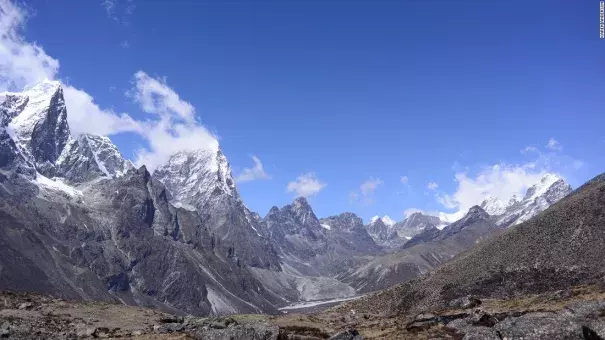More plants are growing around Everest -- and the consequences could be serious

Signals Summary: Global warming is increasing glacier and ice sheet melt, decreasing snow cover, and causing shorter and milder winters.
Article Excerpt: Grasses, shrubs and mosses are growing and expanding around Mount Everest and across the Himalayan region as the area continues to experience the consequences of global warming, researchers have found.
...
Around Mount Everest, there was a significant increase in vegetation across all height brackets, the research team found.
While it is still too early to tell what impact this new growth could have on the region, "urgent research" on the potential effects is needed, [lead researcher Karen] Anderson told CNN.
"We don't know what the impact is -- it may be that plants trap snow and might cause it to melt more slowly. It might be that the plants cause the snow to melt more quickly," she added.
...
"We know that plants and the water cycle are coupled," Anderson explained. "Wherever you have plants growing, it changes the way the water cycle behaves in those areas."
"This is particularly important in the Himalayas because glaciers are receding, and we know from lots of scientific work that this is already having an impact on water supplies in this region and it will continue to do so as climate change continues," she added.
Climate change is already having an impact on Himalayan communities. A 2019 study from Columbia University found that Himalayan glaciers have been losing almost half a meter (1.6 feet) of ice each year since the start of this century. This is already resulting in flooding for local communities -- and could ultimately result in drought.
Last year, an assessment from the International Centre for Integrated Mountain Development -- an intergovernmental body covering the Hindu Kush Himalaya region -- found that at least a third of the ice in the region, which is home to Mount Everest and K2, could melt by the end of the century.


